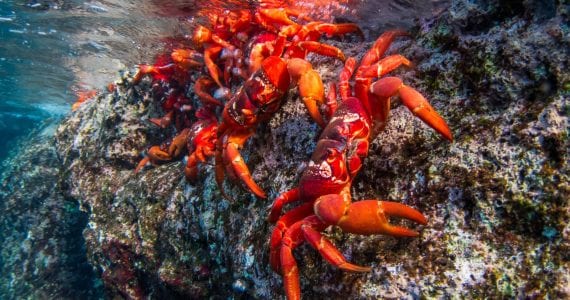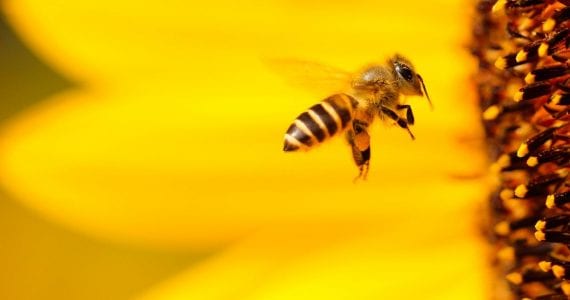Climate change is one of the biggest crises we are facing in the current day and age, one that could destroy the entire north pole and its inhabitants if not tackled before it’s too late.
A new scary study is now saying that the warming temperatures could mean that polar bears will soon run out of places to dig their birthing dens.
Birthing Dens in Danger
Northern Alaska has always been known for its year-round snow, but this could gradually change as the planet gets hotter each year.
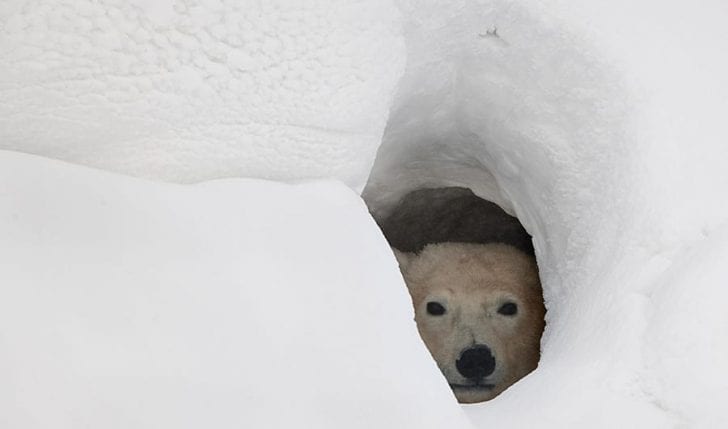
The snow in the north pole isn’t just important for keeping the human civilization above water but it is also essential for carrying forward the species of polar bears, who are only able to give birth in the dead of winter, where the layer of snow is thick enough to dig birthing dens.
After new polar bears are born, they often stay inside the dens for months on end to protect themselves from the snowstorms and sub-freezing temperatures.
But if climate change continues to wreak havoc, these newborn polar bears could soon have nowhere to hide when the temperature falls below -40 F.
This is an alarming scenario that could mean that the polar bears might be the first animal species to go extinct due to global warming.
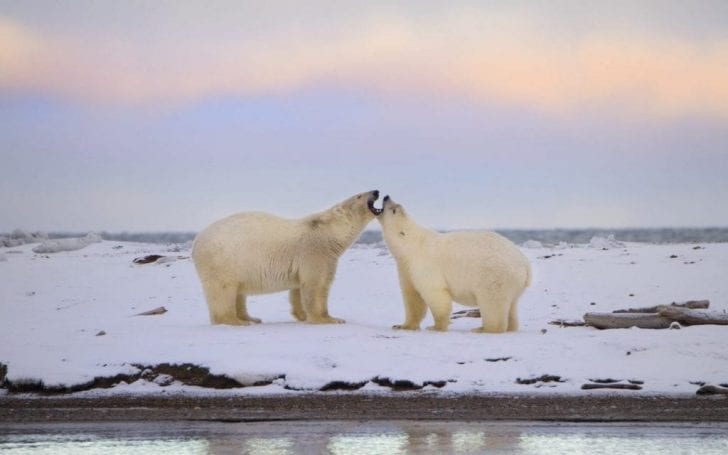
Risk of Starvation
The study, recently presented at the American Geophysical Union meeting in San Francisco, highlighted the urgency to take climate change seriously before it’s too late to reverse the damage. The polar bear mothers could soon have nowhere to hibernate after giving birth if their habitat is destroyed.
One of the assistant researcher working at Colorado State University, Meghan Liu, said that the possibility of this scenario isn’t just likely but is also very imminent, with analytics indicating that the destruction of denning habitat could start within this century.
The fact that polar bears will be the first to be hit by climate change is not news to anybody. In fact, scientists have long been trying to warn us about the implications of reckless emission of greenhouse gases.
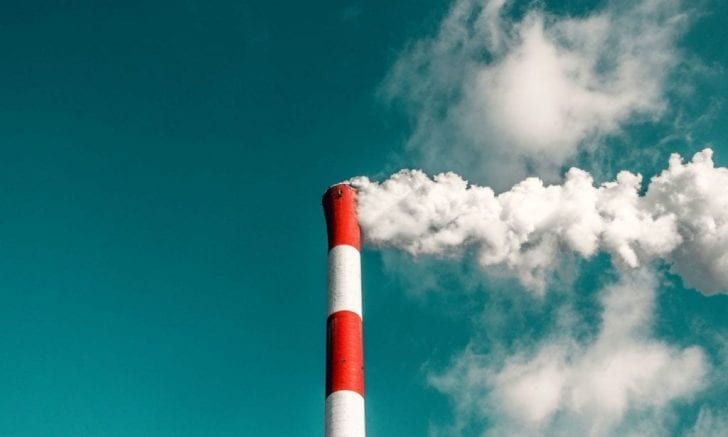
Steven Amstruo, who has been studying the polar bears’ habitats for over 3 decades, says that the thinning of ice sheets in the north pole could also increase the risk of starvation as most polar bears use ice as hunting grounds to catch seals.



